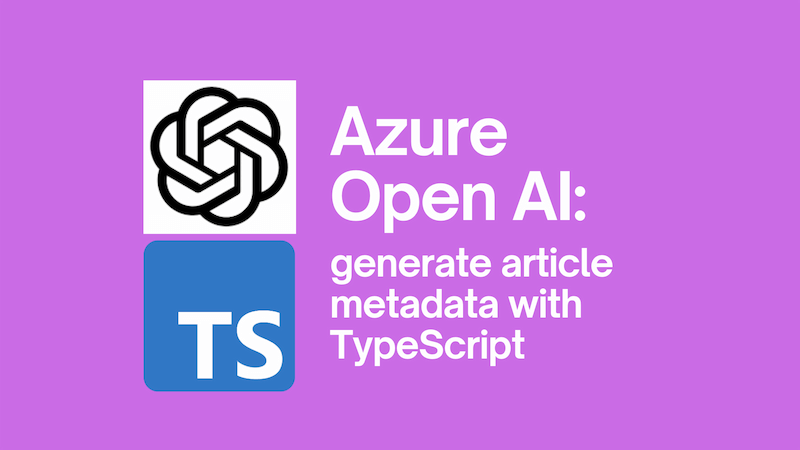Large Language Models, Open API, View Models and the Backend for Frontend Pattern
Of late, I've been involved in work to integrate APIs into LLM interactions, using Semantic Kernel. This post is something of a brain dump on the topic. Given how fast this space is moving, I expect what is written here to be out of date, possibly even before I hit publish. But nevertheless, I hope it's useful.




